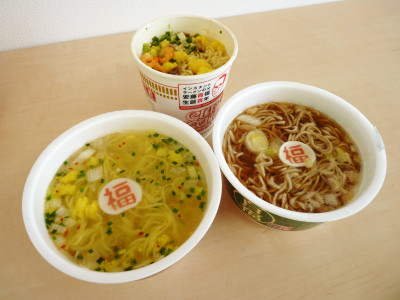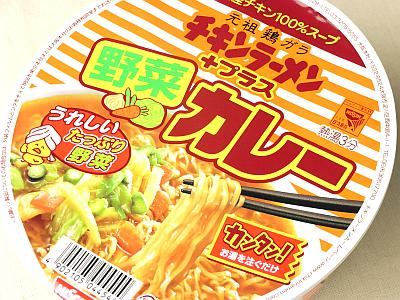I went to the 'Instant Ramen Museum' where you can make only one cup noodle in the world

In commemoration of Mr. Ando's achievements, the `` Instant Ramen Museum '' has a reproduction of the research hut that developed chicken ramen, and there is also an experience workshop where you can make only one original cup noodle in the world. So I actually went there.
Instant Ramen Museum
http://www.instantramen-museum.jp/
The Instant Ramen Museum is a 5-minute walk from Ikeda Station on the Hankyu Takarazuka Line.
View Larger Map
Hankyu Railway Takarazuka Line 'Ikeda Station' is about 20 minutes by express from Hankyu Umeda Station.
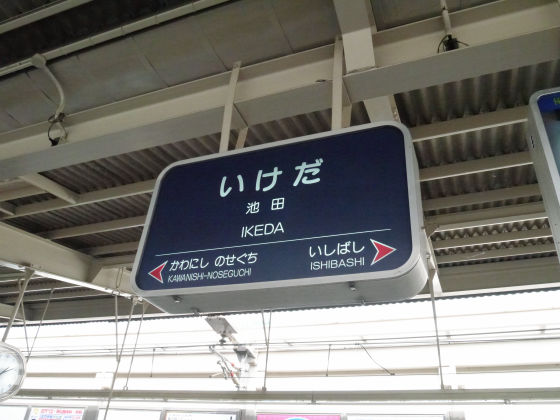
At Ikeda Station, there are signboards all over the station leading to the Instant Ramen Museum, so you don't have to worry about getting lost.
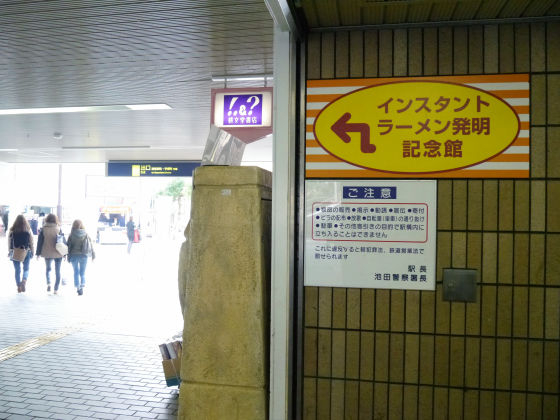
When I went out from the Masumicho direction exit of Ikeda station and walked to the east, I found a sign saying '300m to the Instant Ramen Museum'.
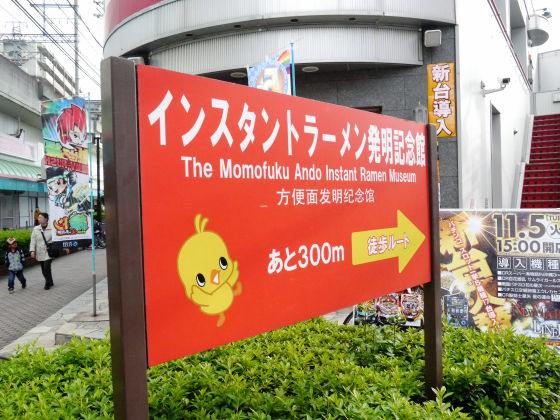
Pass in front of the ramen chain store Hakata Ippudo and walk towards the Instant Ramen Museum.
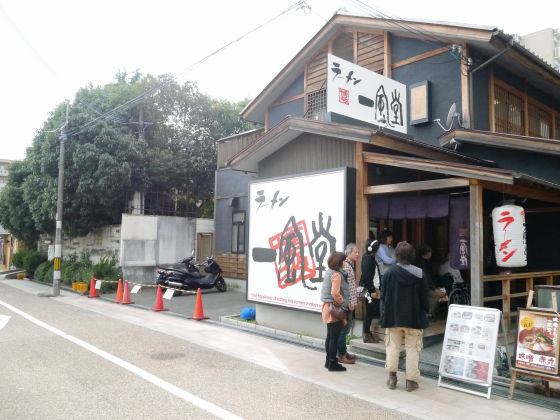
Five minutes after walking from Ikeda Station on the Hankyu Takarazuka Line, a large building came into view. This is the Instant Ramen Museum.
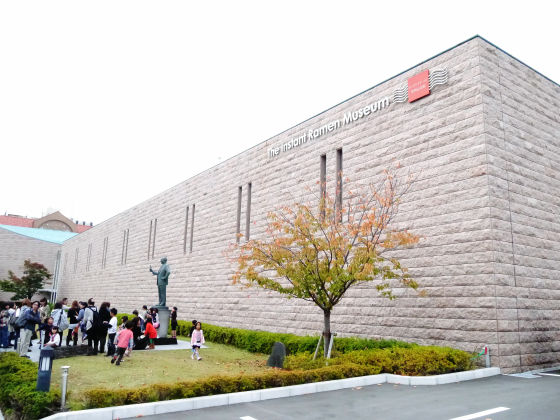
In front of the Instant Ramen Museum, many people enjoy taking commemorative photos with the bronze statue.
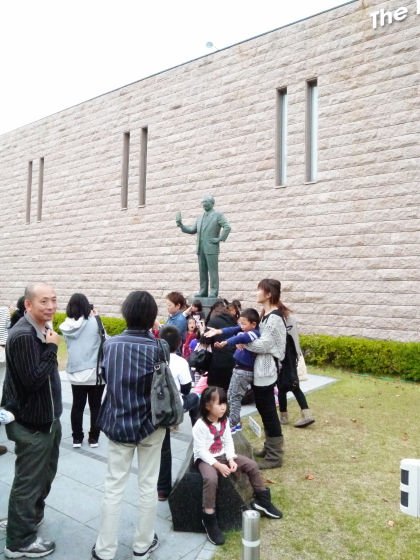
Many people were taking commemorative photos at the bronze statue of
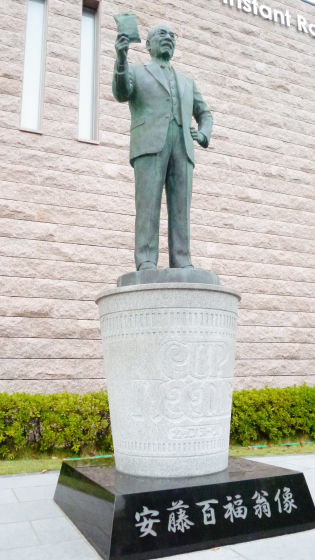
The bronze statue of Momofuku Ando features Chicken Ramen, the world's first commercially successful instant noodle.
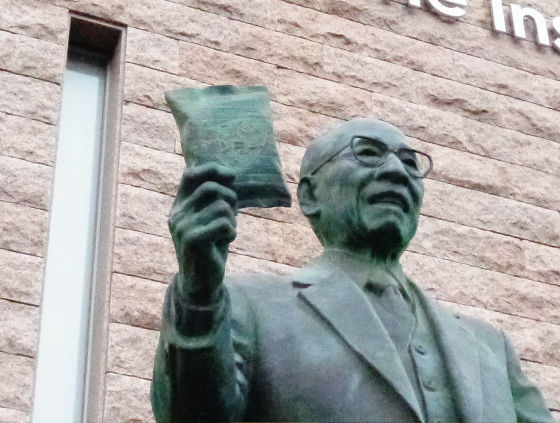
On the other side of the statue is the house where Momofuku Ando lived in before his death, which is now managed by a management company.
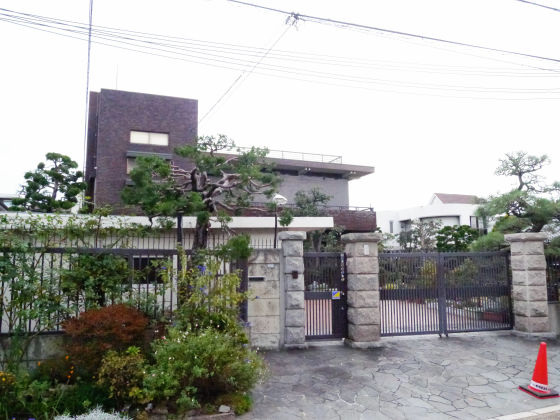
After passing the bronze statue of Momofuku Ando, we arrived at the entrance of the Instant Ramen Museum.

The Instant Ramen Museum is open from 9:30 to 16:00, closed on Tuesdays, and admission is free.
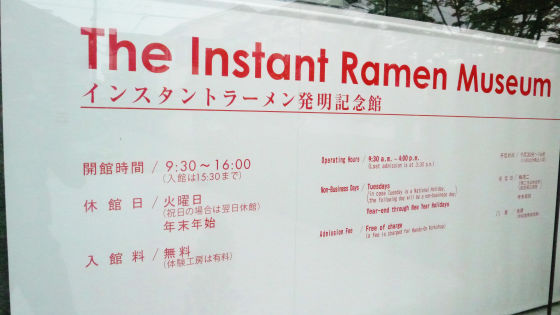
Inside the Instant Ramen Museum, many people from children to adults were crowded.
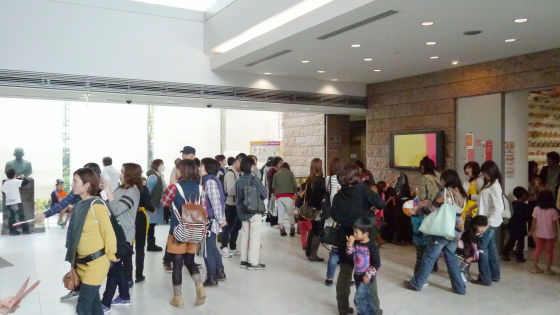
As soon as you enter the building, there is a reception on the left, where you can purchase souvenirs.
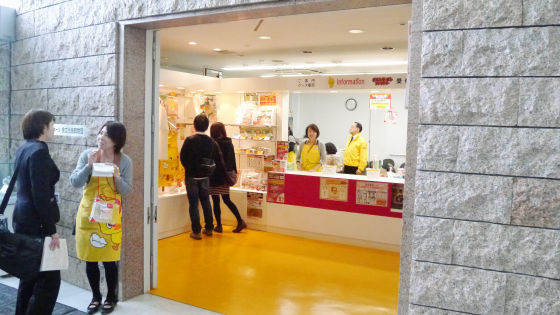
This is the souvenir corner.
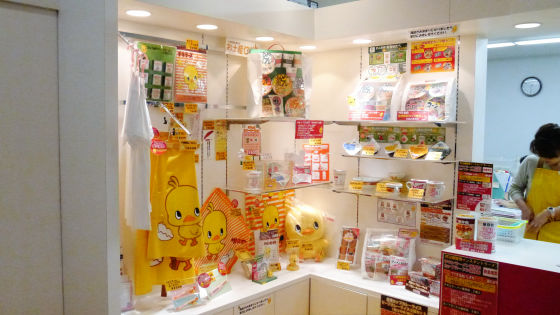
In the souvenir corner, there are 'chicken ramen storage cans' and 'cup noodle storage cans' for disaster prevention stockpiles ......
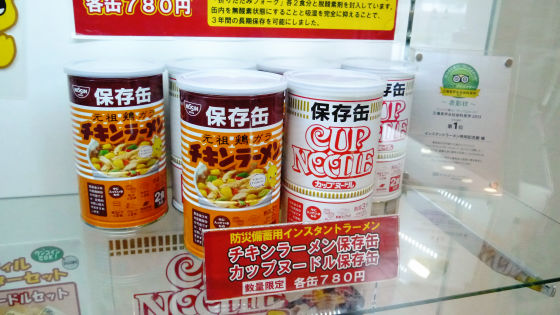
Souvenirs such as chicken ramen lidded mugs are available for purchase.

After leaving the souvenir corner, I entered the exhibition room immediately.
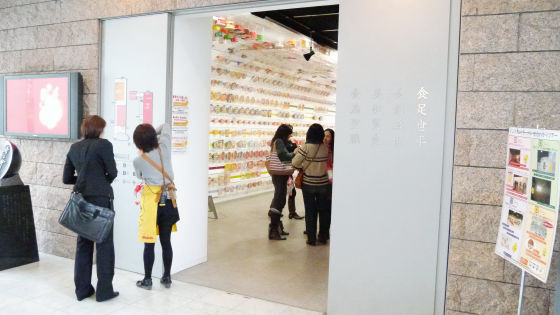
When you enter the exhibition room, the first thing that catches your eye is the “Instant Ramen Tunnel,” where a large number of instant noodles such as cup noodles sold by Nissin Food Products are displayed on the wall.
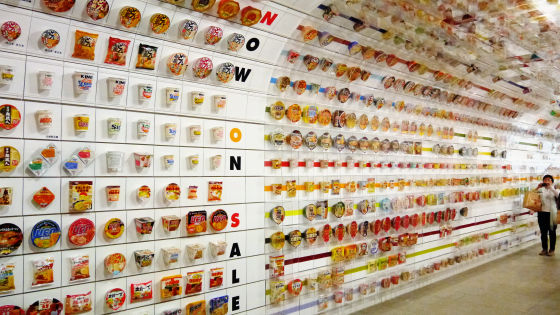
Instant noodles are displayed all the way to the ceiling.
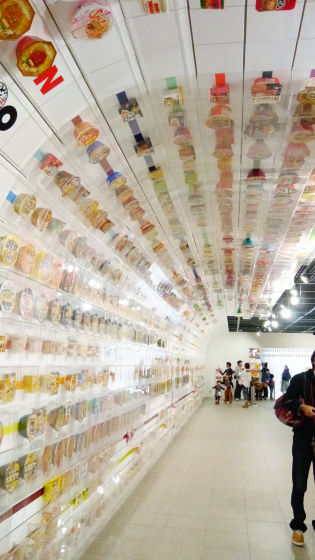
Instant noodles are not just displayed, but are arranged chronologically. Among the instant foods arranged in chronological order, the chicken ramen that was successfully developed by Momofuku Ando in 1958 is displayed first.
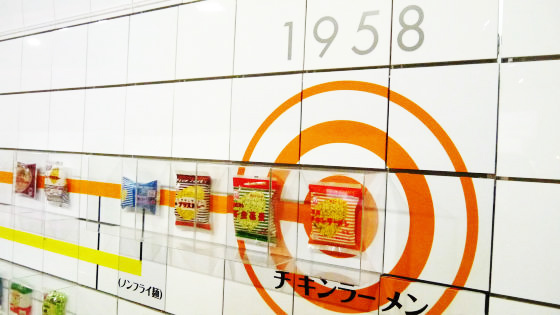
The chicken ramen package sold in 1958 looks like this.
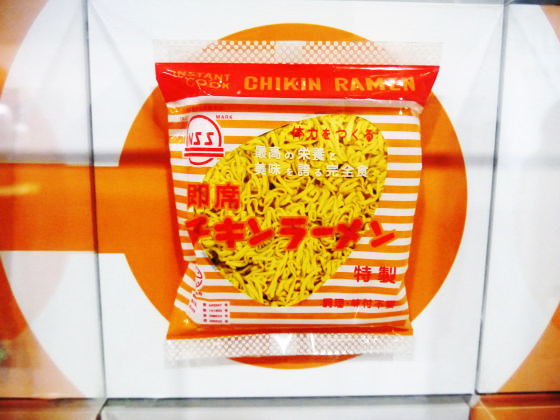
After Chicken Ramen, we released “Instant Chilled Senkin Soba”. It is written as Senkin Soba and read as 'Chicken Soba'.
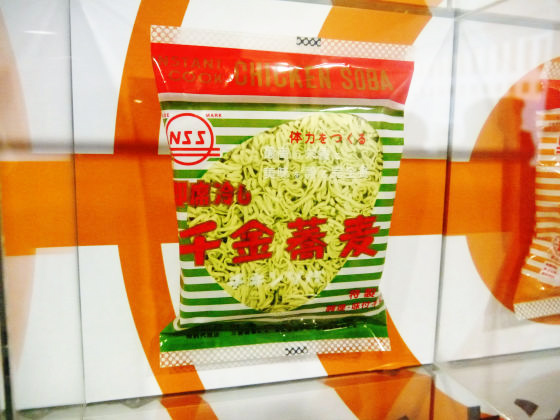
Next was 'Instant Chicken Ramen + Plus Curry'.
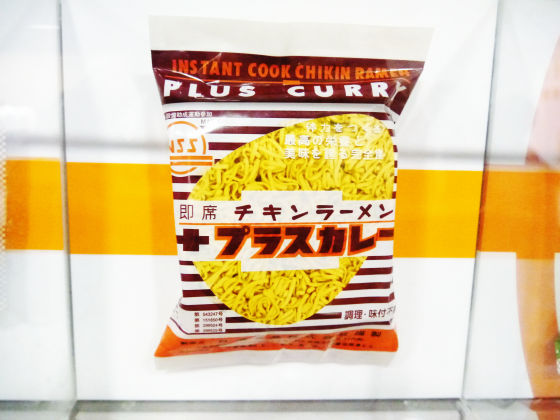
Cold noodle instant noodles 'Chicken Ramen New Touch' is also on display.

In 1963, 'Nissin Yakisoba' was released.

From 1963 to the present, Nissin Yakisoba packaging has not changed much.
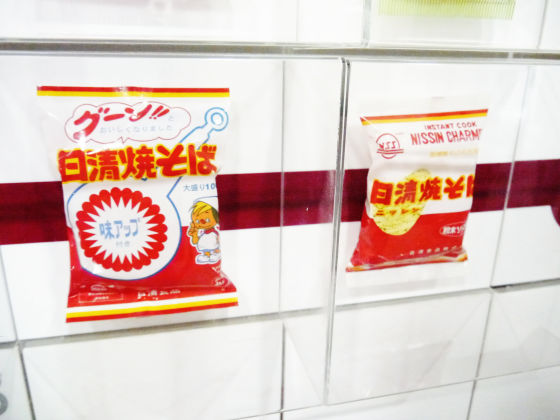
In 1968, sales of 'Demae Iccho' started.
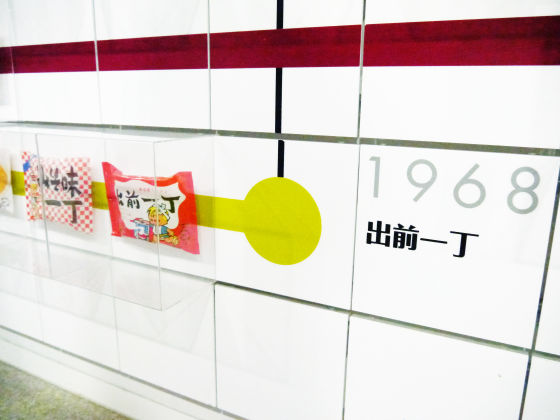
The illustration of 'delivery boy' with Okamochi is almost unchanged. Designs change with the times, but it is rare to find a product that uses the same package design for more than 50 years.
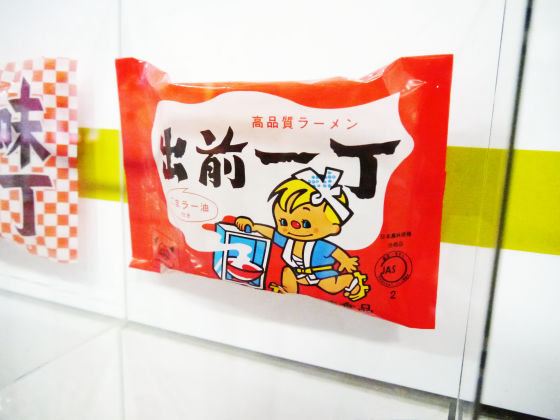
In 1971, the world's first cup noodles, 'cup noodles' appeared.

'Nissin Donbei' and 'Nissin Yakisoba UFO', which are still sold at supermarkets and convenience stores, started selling in 1976.
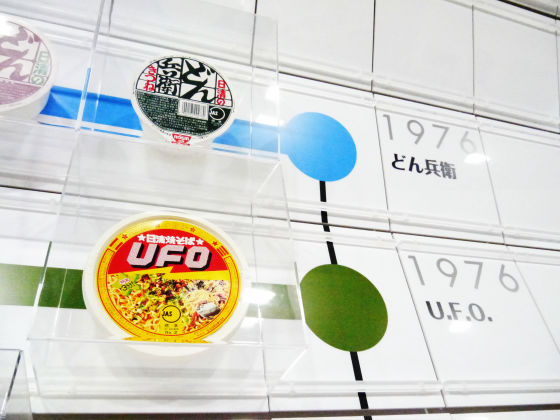
In 1992, Nissin Rao, a retorted raw type noodle, was released.
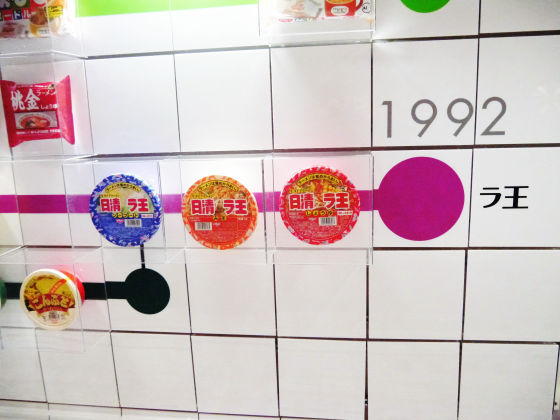
Rare instant noodles that are no longer available for sale, such as the 2010 year-end and New Year limited product '
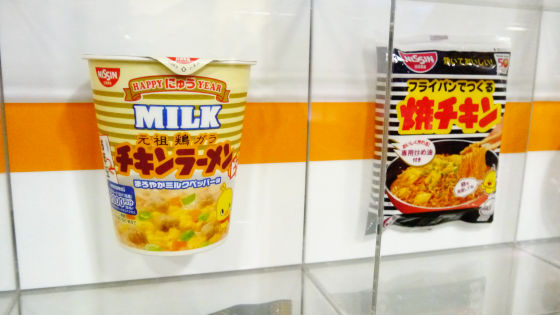
This is a number of instant noodles currently on sale from Nissin Foods in 2013. I'm surprised that there are so many types of products for sale.

Next to the Instant Ramen Tunnel, the research hut of the time when Mr. Ando developed Chicken Ramen was reproduced.

In the research hut that Mr. Ando built in the backyard of his home, the cooking utensils that he actually used to develop chicken ramen are on display.
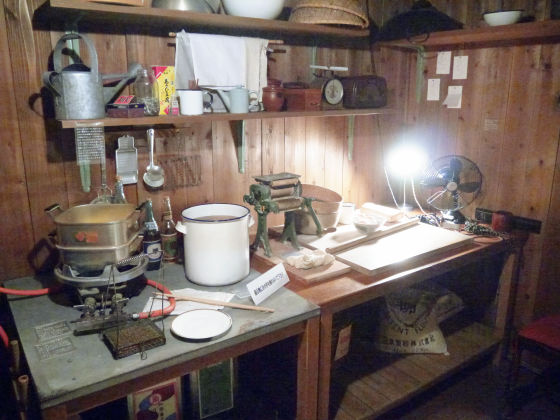
Mr. Ando continued his research despite repeated failures, and when he saw his wife, Mrs. Niko, deep-frying tempura, he came up with the idea of the oil-drying method, in which noodles are dried by frying them in oil.
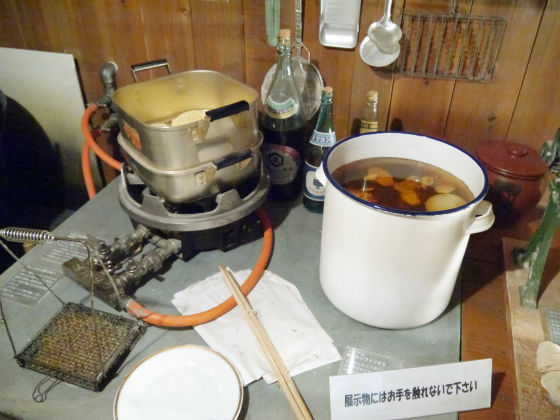
Mr. Ando developed chicken ramen after repeated research using ordinary tools such as a noodle-making machine and a cutting board.
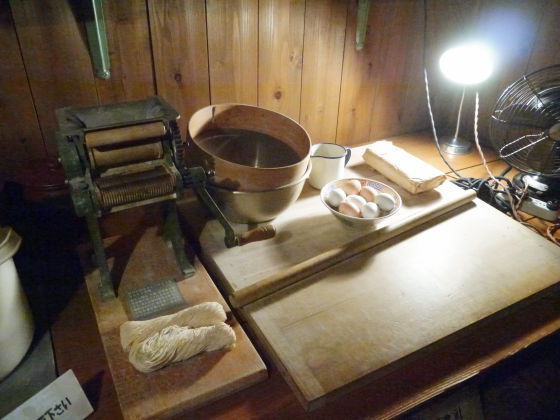
A photograph published in the Asahi Shimbun in 2005 shows Mr. Ando making noodles in a recreated research hut.
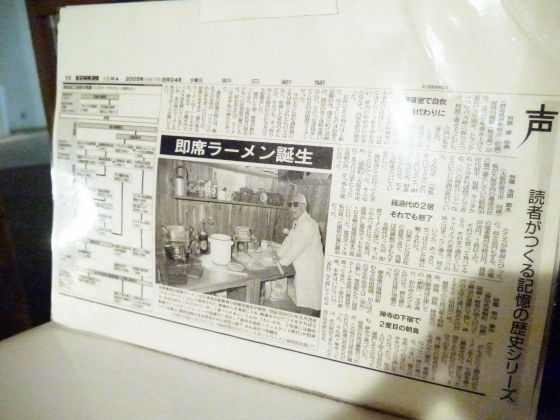
In other places in the exhibition room, new forms of instant noodles that are being developed one after another were explained in detail.
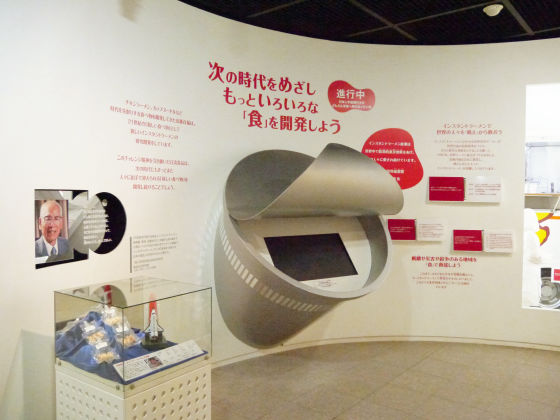
This is the world's first space food ramen called 'Space Rum', which was brought to space by astronaut
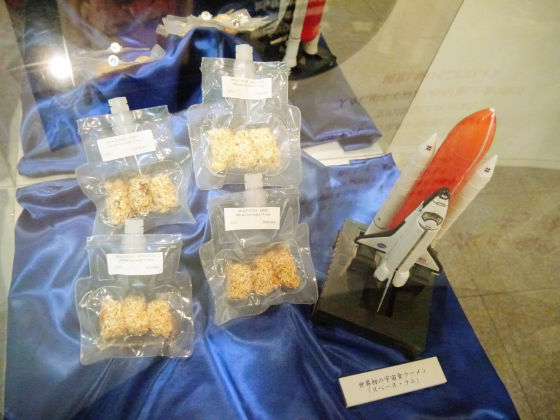
When I passed through the exhibition hall, I encountered a large number of people making a line. Everyone is lined up at the “My Cup Noodles Factory” where you can make your own original cup noodles, which is the most popular facility in the Instant Ramen Museum.

This day is also Sunday, so it is quite crowded.
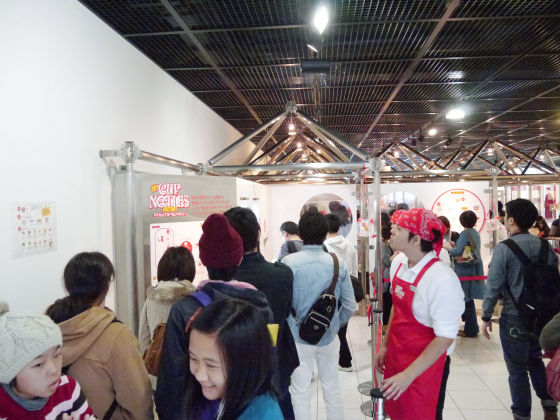
As we proceeded in line, the process of making original cup noodles was explained.

To make your own cup noodles, buy a 300 yen cup and wash your hands.
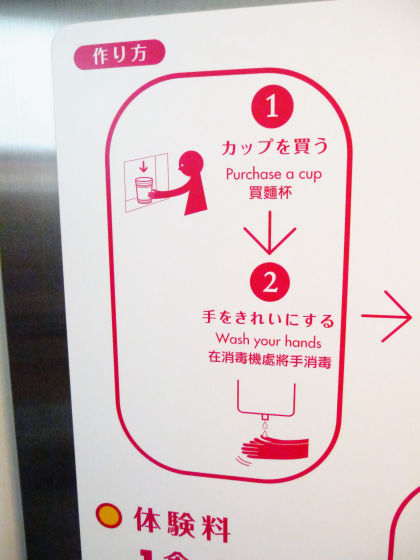
Then design the cup to your liking.
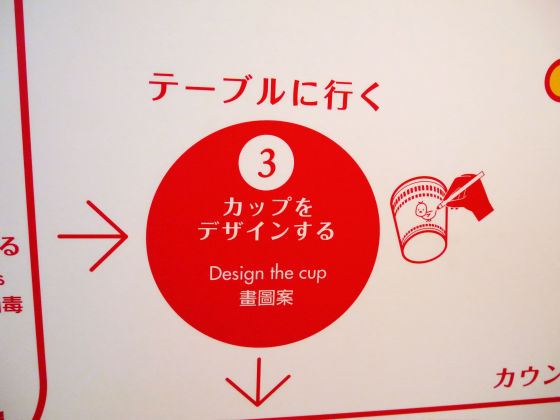
After designing the cup, set the noodles in the cup at the counter, choose the soup and ingredients, and wrap it.

Finally, put air in the air package and it is completed.
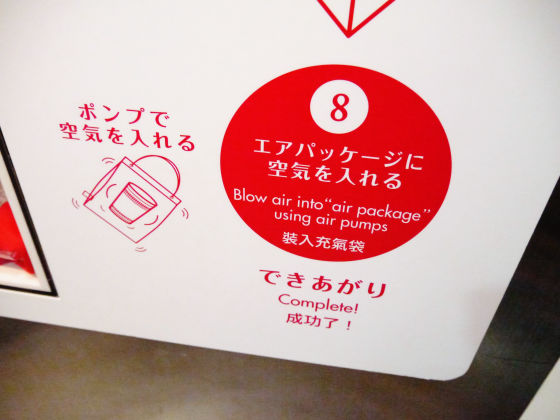
It is said that it will look like this when completed.

Even if I read the explanation, I can't imagine how to make cup noodles, so I will actually buy a cup and make it.

First, buy a 300 yen cup from a vending machine.
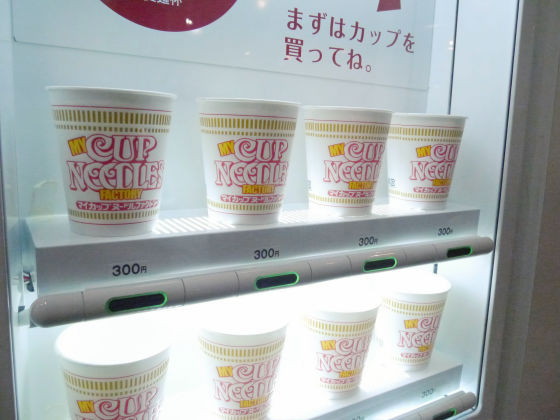
The cup you purchased is empty.
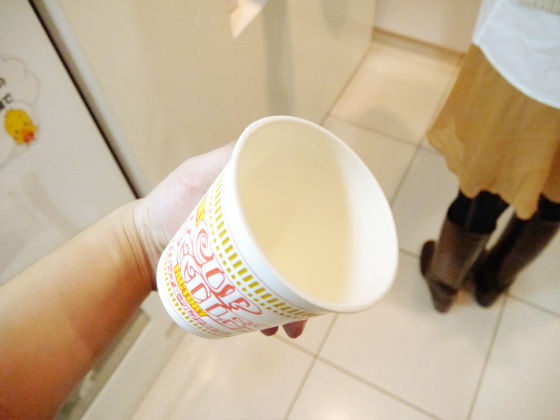
Nothing is printed on the side of the cup.
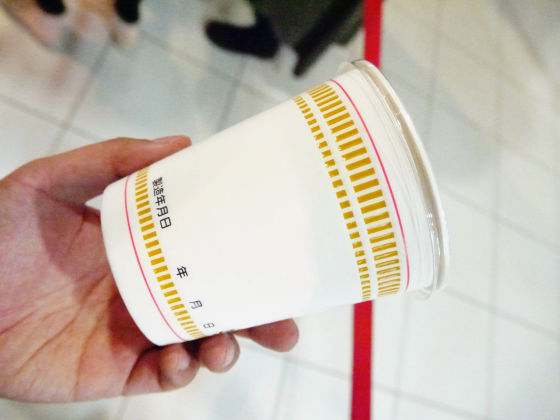
After purchasing the cup, wash your hands thoroughly as instructed.
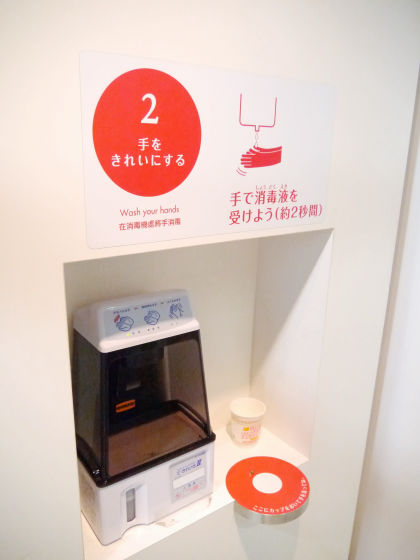
After washing your hands, design your own cup. It looks like a lot of fun to see a lot of people drawing on the cup.

Make an original cup with the colorful magic provided.

I drew the Gigazine logo on the cup.
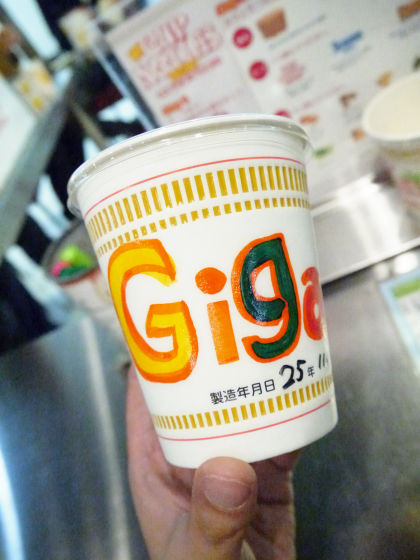
After designing the cup, go to the counter.
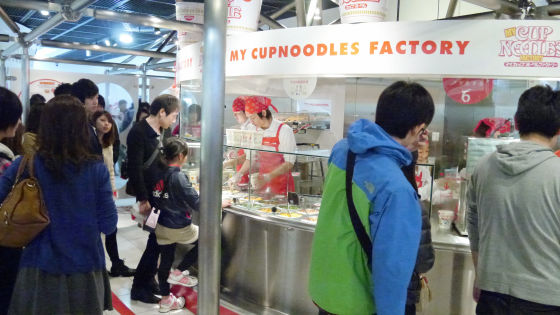
At the counter, first you have to put the noodles in the cup. Noodles pouring in one after another on a big machine.
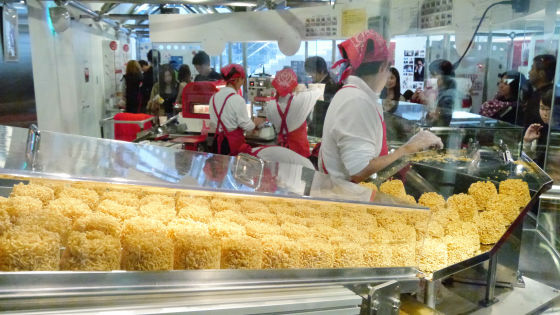
Hand the designed cup to the staff, and they will turn the cup upside down and cover it with the noodles. The reason why the cup is put over the noodles is that it takes time to put the noodles in the cup from above, and it is not suitable for mass production at the factory. This method was conceived by Mr. Ando who was worried about how to quickly put the noodles in the cup.It is also possible to learn the importance of ideas through making cup noodles.

Once the cup is set on the machine, rotate the handle clockwise.
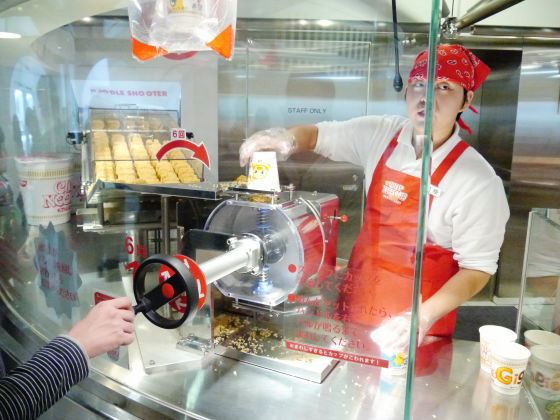
Kurukuru
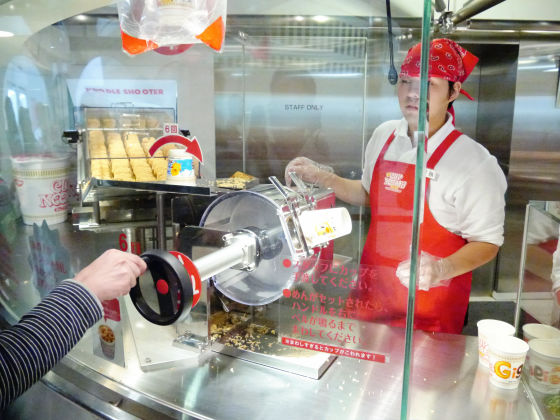
After turning the handle about 6 times, the cup will face up and the noodles are set.
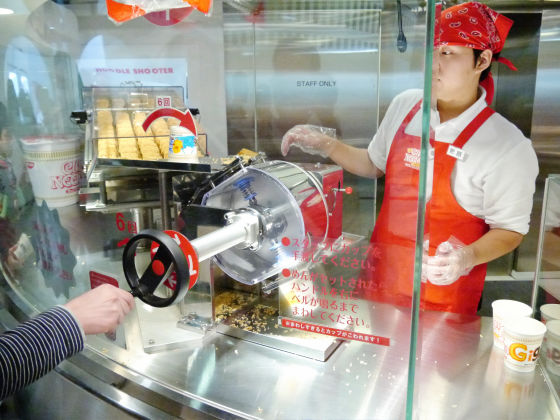
Next, choose your soup and ingredients. For the soup, choose one from 'Cup Noodle', 'Seafood Noodle', 'Cup Noodle Curry', and 'Chili Tomato Noodle'.

Ingredients include familiar items such as ``shrimp'', ``koro char'', ``egg'', ``green onion'', ``crab-flavored kamaboko'', ``corn'', ``Hiyoko-chan Naruto'', ``garlic chips'', ``green beans'', ``cheddar cheese'', and ``kimchi''. ” and other rare items.
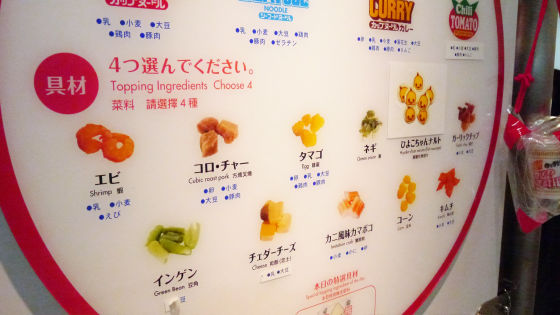
Soup select normal 'cup noodle'. Next is the selection of ingredients, but in a sense it is a test to choose only 4 out of 40 types. I would like to think carefully about what kind of combination would suit me, but since there are many people lined up behind me, I quickly decide. Rather, if you decide the ingredients before coming here, the process will go smoothly.
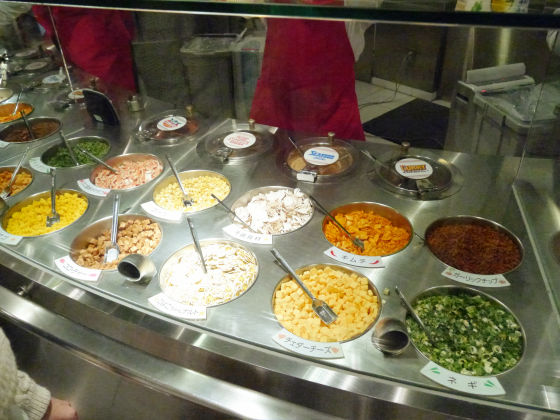
Because it's a big deal, I don't usually see 'Hiyoko-chan Naruto' ... ...
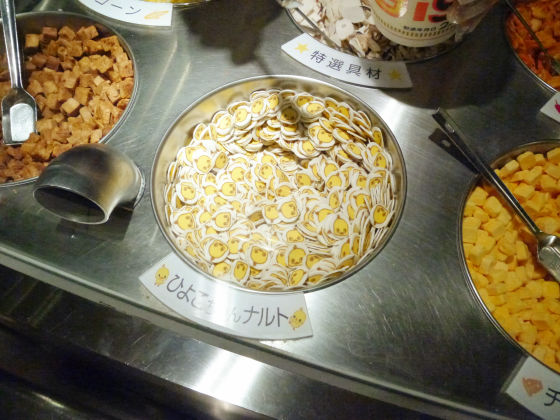
'Negi' for orthodox

Select 'Egg'.
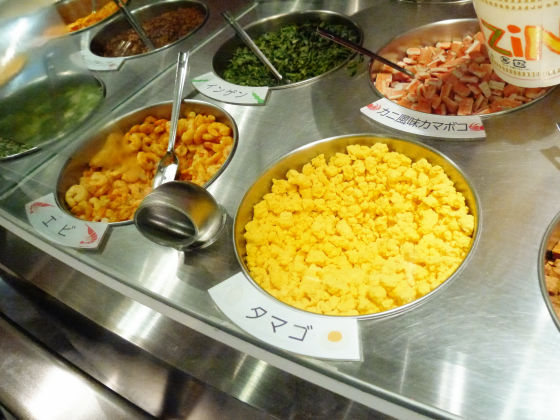
'Koro Char' is also a hard place to throw away ...
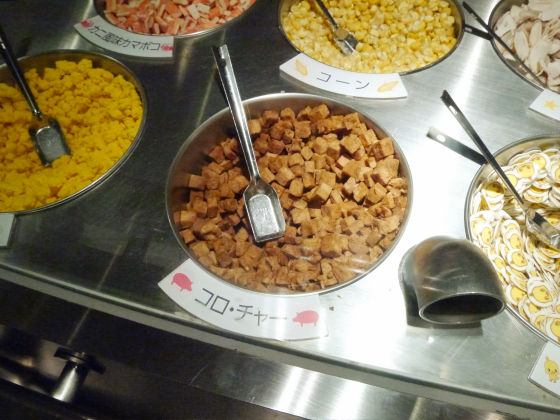
For the 4th item, we chose squid, which is the special ingredient of the day. When I put the 4 kinds of ingredients I chose in the cup, it looked like this.
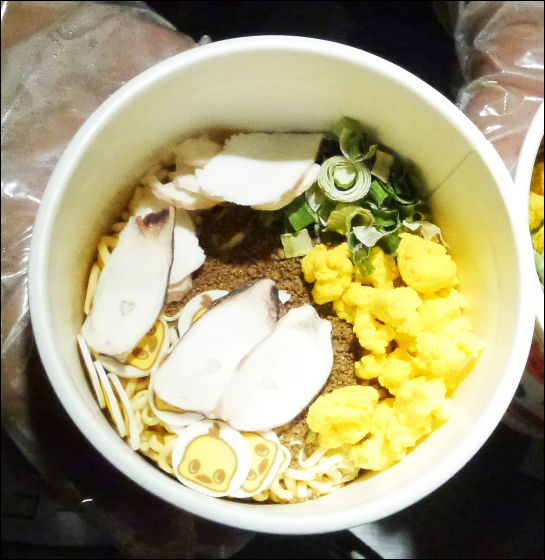
After choosing the soup and ingredients, I will ask you to cover it with an aluminum cap.
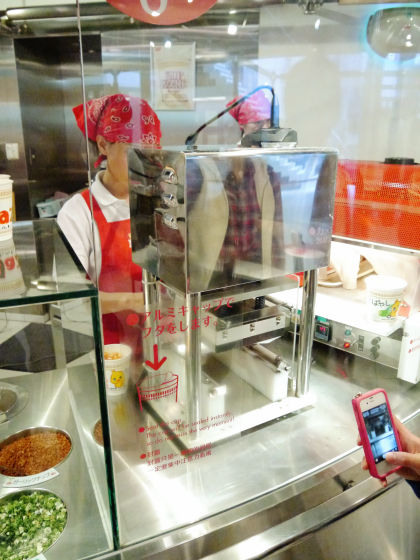
Next, put the cup in a transparent bag called shrink film and pass it through a special machine.
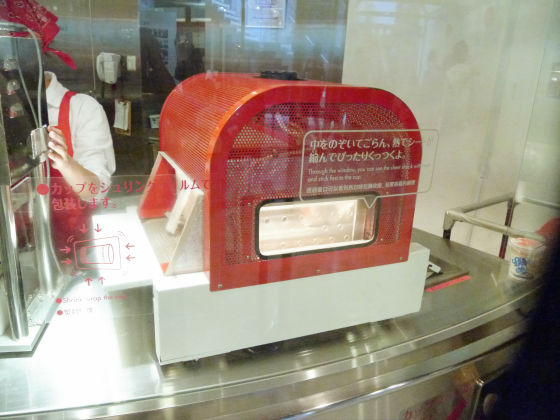
When it comes out from the other side of the machine, the original cup noodles are complete.
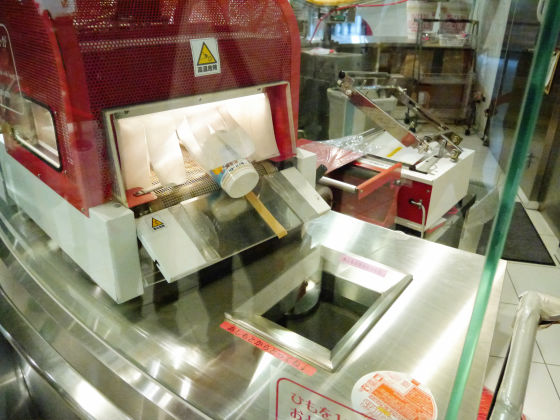
The finished cup noodles can be brought home in an original air package.

The air package looks like this.
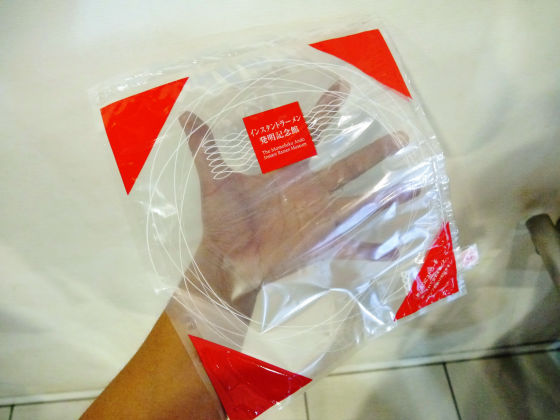
Put the cup noodles in the air package and add squishy air. If you put too much air in, the air package may burst, so be careful.
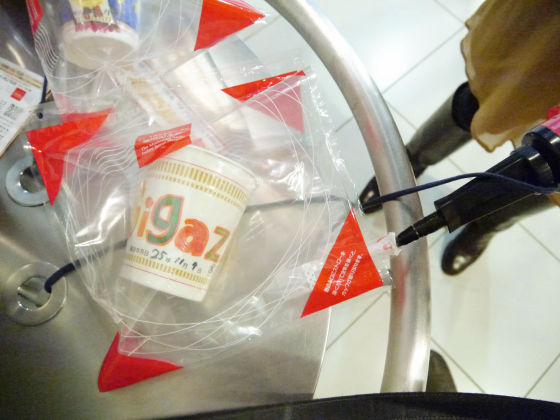
This completes the entire process of making original cup noodles. It took about 30 minutes from start to finish.

If you put it in an air package and take it home, you don't have to worry about the cup noodles you made breaking in your bag.
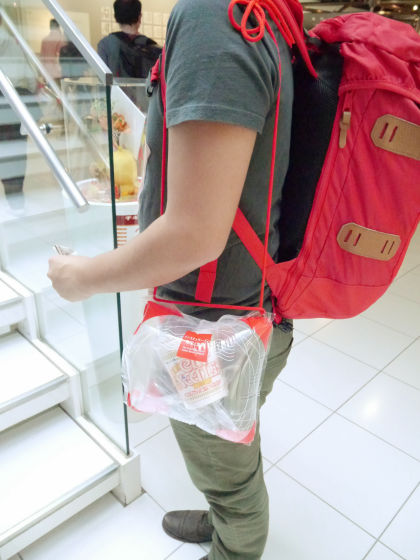
When I was taking a break, I found cup noodles lined up in the showcase.
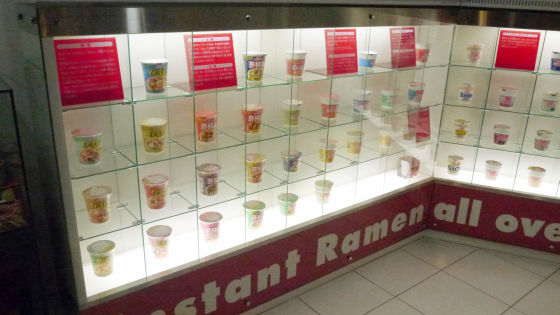
Cup noodles sold all over the world are displayed in the showcase. This is Mexican Cup Noodles. In Mexico, shrimp flavors are popular, and some are flavored with habanero or lemon.
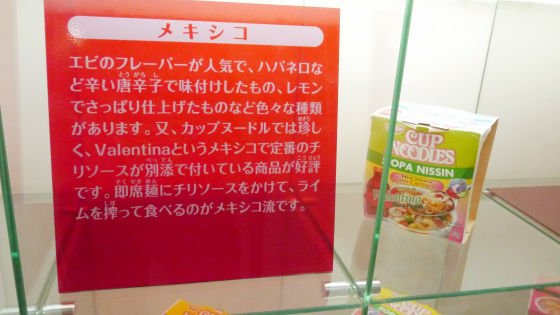
In Brazil, cup noodles with a stronger salty flavor than Japanese cup noodles are preferred, and creamy cup noodles are also popular.

European cup noodles, which do not have the custom of slurping noodles, have half the length of Japanese noodles.
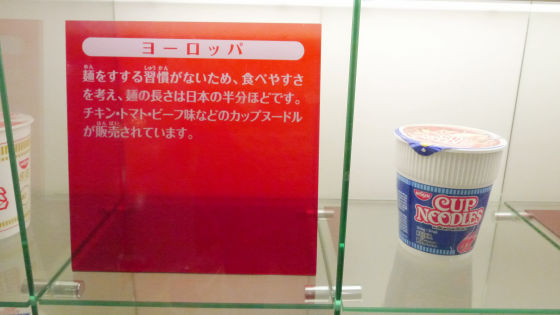
In India, the spicy curry flavor called 'Masala' is popular, and in Thailand, 'Tom Yum Goong flavor' is popular. Cup noodles sold overseas are adjusted to the unique taste of the region, so you can enjoy a different taste from the one in Japan.
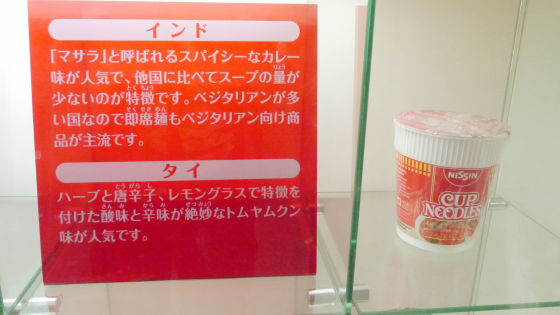
This is the 'Trajectory of Momofuku Ando', which exhibits Mr. Ando's collection.
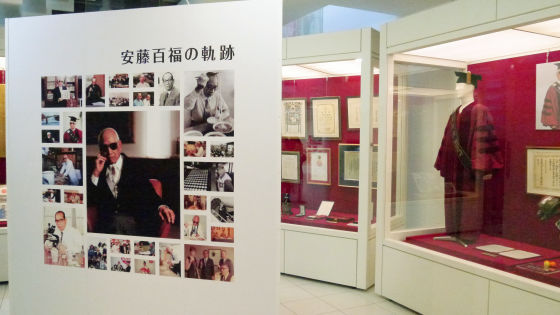
I found 'iPod nano' among the exhibits. Mr. Ando, who was full of curiosity even at the age of 96, used iPod nano habitually and said that he was listening to 'Mozart' and 'Takarazuka Revue Collection' in the moving car. I am also very curious as to whether Mr. Ando was familiar with iTunes.

Mr. Ando has received many awards for his achievements in developing chicken ramen and cup noodles.
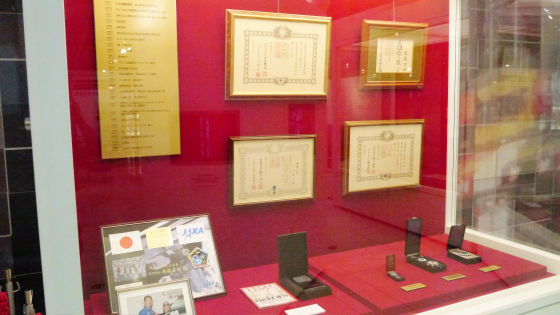
In the 60th anniversary special feature '60 Years of Asian Heroes' of Time magazine Asia published in 2006, Mr. Ando was named one of the 13 Japanese heroes of Asia for his achievements as a 'food innovator.' has been selected as
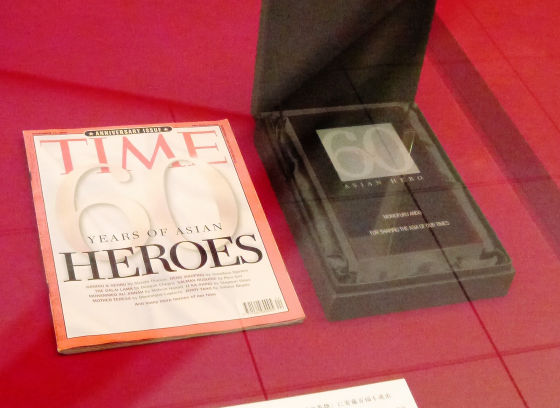
After being impressed by the great achievements that Mr. Ando left to the world, I went up to the second floor and encountered many people making something.
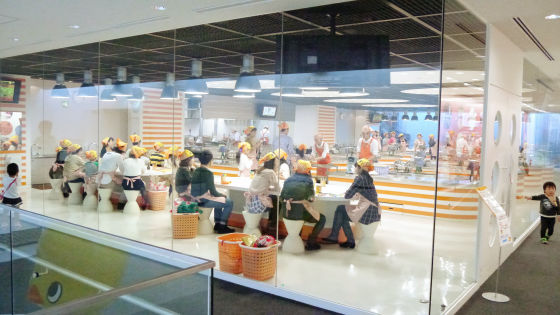
This is the 'Chicken Ramen Factory' where you can experience making chicken ramen by hand. The chicken ramen handmade experience requires reservations on the official website or by phone, and the price is 300 yen including tax for children under elementary school age and 500 yen including tax for adults.

The inside of the museum is neither too big nor too small, so if you have 3 hours you can take your time and look around everything. At the Instant Ramen Museum, you can feel that the instant noodles you eat casually are full of ideas that Mr. It was a museum where you can feel.
Related Posts:
